19th July 2021
I watched a documentary over the weekend about that controversial musical invention; the Auto-Tune®. My knee-jerk reaction to songs that have been auto-tuned has always been negative, but that was challenged when some of the facts behind the invention and its use emerged. This morning I was inspired to find out more info about this contentious software and spent a couple of productive research hours putting my highly tuned ducks in a row before embarking on this article.
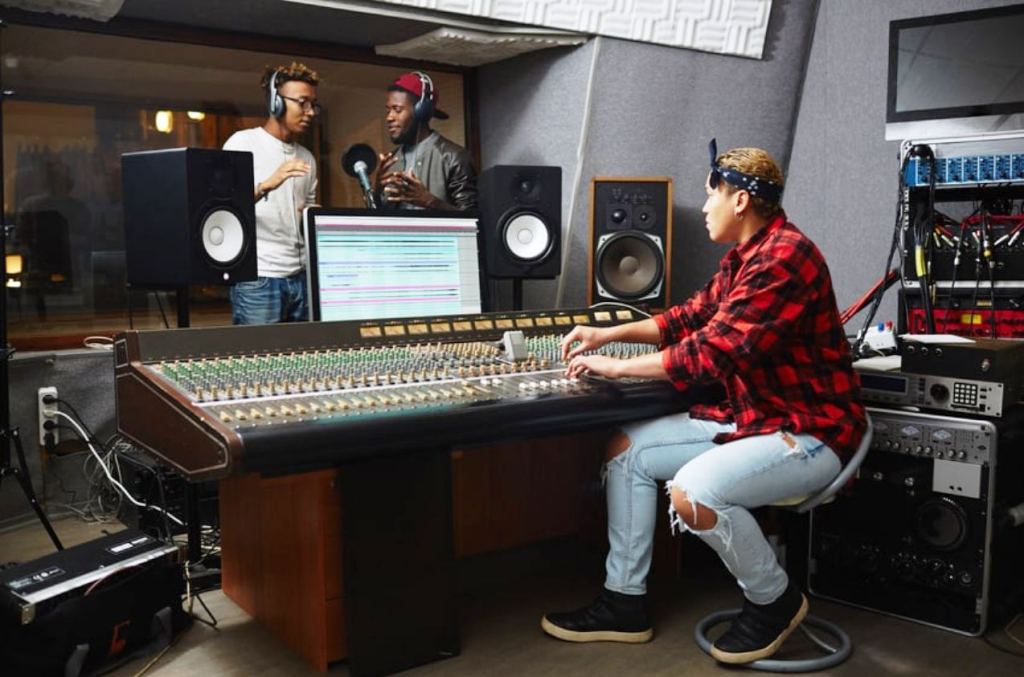
What only occurred to me when planning which songs to feature is that, like me, most of my readers are probably not Auto-Tune® fans, so I’ll understand if you don’t listen to my musical selection. Hopefully the story will be interesting enough keep you absorbed.
The general music listening public was first made aware of the effects of auto-tune when it was used in Cher’s massive 1998 hit, ‘Believe’, but didn’t know what it was that created her robotic voice, but more of that later, it’s an interesting story. Firstly let’s examine who invented the Auto-Tune®, and why.
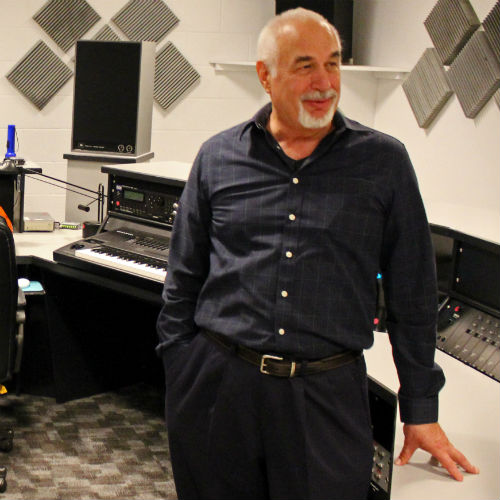
Dr Andy Hilderbrand is a research engineer with one of his specialties being digital signal processing, used extensively in oil field surveying. A colleague’s wife whose hobby was music joked that he should make her a device to help her sing in tune. That joke changed the face of popular music; some say ruined it for good.
Auto-Tune® was launched by Antares Audio Technologies in 1997 as a device to discreetly correct imprecise notes. As the patent asserted: “When voices or instruments are out of tune, the emotional qualities of the performance are lost”. My hair bristled when I read that. Did they even bother considering genres like the blues and jazz where the emotion often calls for ‘off-key’ vocals?
Cher’s ‘Believe’ injected mechanical vocal manipulations into pop consciousness. By setting the pitch modulation to its most aggressive setting, her producers managed to created the robotic voice used in sections of the song that took on the nickname the ‘Cher effect’. This was the exact opposite result of why the device was created and the pop public loved it. But was Cher the first star to be auto-tuned? We’ll find out whom else, and how else, the Auto-Tune® was used after listening to the song that soon started an auto-tuned avalanche.
The term ‘Cher Effect’ was coined in attempt to protect a trade secret; and that was the fact that lots of musicians were already using it! When the Auto-Tune® was launched it was lapped up by music producers and had fast become a standard piece of widely used software.
All performers have the occasional off day and this new invention made sure that every take was perfect. As one producer said, “My job used to be finding good looking people who could sing, now it’s just finding good looking people”. Studio time, and therefore costs were minimized, and the artists felt good about their final product and didn’t have to strain their voices. What wasn’t to like? Then along came Cher and effectively blew the dirty little secret wide open.
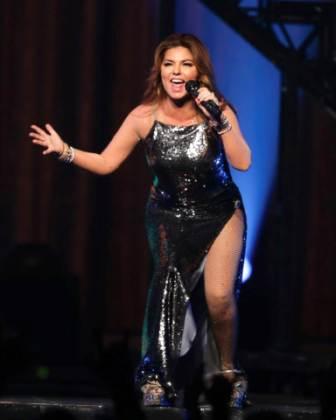
Pro Auto-Tune
A point that I feel needs to me made is that when Cher recorded ‘Believe’ she wasn’t using Auto-Tune® to correct her imperfect pitch, but to create a particular vocal effect. We all know that Cher can sing. Admittedly many of the artists that were being auto-tuned can also sing, but at least Cher was honest about her use of the new technology. Although many producers and labels were outraged by the release of ‘Believe’, I don’t think they realized the effect and general acceptance it would have.
Auto-Tune® is no longer limited to the recording studio. Constantly perfect record releases called for constantly perfect live performances and Auto-Tune® started becoming a fixed part of live show sound equipment. Of the many artists who use Auto-Tune® in live performances is Faith Hill, Shania Twain and Tim McGraw who have said they regard it as a safety net. Where we used to scoff at lip-syncing, auto-tuning became the new evil.
Hip Hop and R&B bolstered the popularity of the Auto-Tune® thanks to the recording artist T-Pain. He was already a skilled songwriter and producer but was tired of the Gangta RAP style that was prominent in the 2000s and looking for a new sound to set him apart from the crowed. He heard Cher and Jennifer Lopez use a strange new effect and knew he wanted something similar.
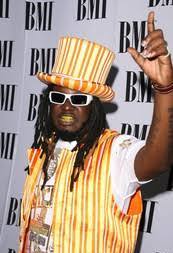
He had no idea what it was or how to create it and spent 18 months hunting down sound software programs, patches, plug-ins and picking the brains of everyone he could within in the industry. Eventually, almost by mistake, he found what he wanted and championed the Auto-Tune® in Hip-Hop and RAP. Unfortunately it also had a backlash with many music-lovers calling it a crutch because he couldn’t sing.
It didn’t take long before Snoop Dogg, Lil Wayne, Kanye West and the Black Eyed Peas were among the many artists using auto-tuning openly. Music-Sociologists soon expounded that the auto-tuned ‘depersonalized’ sound became popular as quickly as it did as it represents the emotional alienation that music listeners are increasingly feeling in an uncertain world. That sounds a bit dark for me!
Usher called T-Pain aside on a flight during a tour and told him that he had fu**ed music up. T-Pain marks this as the start of a four year bout with depression when he seriously doubted his own abilities and right to be in the industry. His wife managed to get him through it and he answered the critics by performing at an NPR Tiny Desk performance in 2014 with just keyboard backing and his voice. The remarkable performance went viral among RAP and Hip-Hop fans and put an end to the question.
I don’t have a favourite song of T-Pain and admit that before yesterday I wouldn’t have been able to recognize a T-Pain song if it stared me in the face, but research and a bit of listening solved that. The NPR concert is brilliant and I have included a link for those interested, but I thought that his first big hit would perfectly exemplify the sound that he spent so long trying to find. Here’s ‘I’m Sprung’.
Link to the 2014 NPR Tiny Desk concert
There has been a lot of negativity toward auto-tuning in recent years and many artists who relied heavily in it have changed their tune (pun intended). At the 2009 Grammy Awards some artists sported blue ribbons as a protest against use of auto-tuning in the music industry (I don’t think it worked).
On his The Blueprint 3 album, Jay-Z’s lead single ‘DOA (Death of Auto-Tune®)’ is a statement about how many artists jumped on the Auto-Tune bandwagon. Katy Perry, Will.I.am, Ke$ha, Britney Spears, Justin Bieber, Snoop Dogg, Cher, Kanye West, Nicki Minaj are all fans. Strangely though, many who have vocally complained about it, including Christine Aguilera and Michael Bublé, admitted that they were still using it to enhance certain tracks – double standards in my eyes.

There has been a call for honesty in music, especially in live shows. The ‘Live means Live’ campaign was launched by veteran British singer/songwriter David Mindell, the members of which include Adele, Ed Sheeran and Ellie Goulding. Mindell explained that when a band displays the “Live Means Live” logo, the audience knows, “there’s no Auto-Tune®, nothing that isn’t 100 per cent live” in the show, and there are no backing tracks. With Ed Sheeran’s strange romance with RAP, I wonder how long he will hold on to the views of the campaign.
I came across some eye-opening quotes in my research that shows how far-reaching auto-tuning is in the industry. A multi-Grammy award winning recording engineer who wished to remain anonymous told Time magazine, “Let’s just say I’ve had Auto-Tune® save vocals on everything from Britney Spears to Bollywood cast albums. And every singer now presumes that you’ll just run their voice through the box.”
Neko Case of the Pornographers told Pitchfork about Auto-Tune® prevalence. She admits that she’s not the perfect ‘note-hitter’ but refuses to cover it as it is a part of her sound. She asked an engineer from a main studio in Toronto how many artists don’t Auto-Tune® their songs. He replied it was only herself and Nelly Furtado. Something that truly surprised me was that The X-Factor admitted to using Auto-Tune to improve the voices of their contestants. WTF???

A lovely story is that of Trey Parker, creator of South Park who used Auto-Tune® on the song Gay Fish. He found that he had to sing off-key in order to sound distorted. He claimed “You had to be a bad singer in order for that thing to actually sound the way it does. If you use it and you sing into it correctly, it doesn’t do anything to your voice”.
Although the Auto-Tune® was included in Time magazine’s “The 50 Worst Inventions” list in 2010, there is a lot to be said in favour of the device. Auto-Tune® has opened new possibilities in pop music, not as a correction tool for poor vocals, but tweaked to augment artistic expression. The Lesley speaker, the wha-wha pedal, synthesizers, samplers, all inventions that were scorned yet went on to change music as we know it.
When French house duo Daft Punk was questioned about their use of Auto-Tune® in their single “One More Time”, Thomas Bangalter replied by saying, “A lot of people complain about musicians using Auto-Tune. It reminds me of the late ’70s when musicians in France tried to ban the synthesizer. What they didn’t see was that you could use those tools in a new way instead of just for replacing the instruments that came before.”
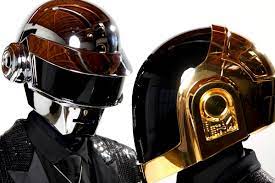
Since its invention the Auto-Tune® has been the guilty secret of perfect pitch, creator of new sound profiles, an overused gimmick and general audio irritant – BUT, has opened up new horizons as to what can be done with electronic music. What is needed to bring the Auto-Tune® into the realms of respectability is for artists to admit that they use it in their song credits and equipment listings.
I’d like to close with some acute observations from blogger Marcus who contributes to the New Media Voices website. “To me it is the equivalent of an athlete taking performance-enhancing drugs and, like a drug, once you start it’s very hard to stop. Don’t get me wrong Auto-Tune® has its place as an effect. But when it is used to correct off notes, and smooth out rough tones I feel it detracts from the song. But such is the consumers’ insatiable appetite for “head-bangers”; “boy bands” and “hooks” it makes sense to use vocal effects software. Especially if it makes you sound better or reduces the amount of time needed to work on a song”.
I’m closing with another band that openly embraced playing with what Auto-Tune® can do, Daft Punk. If you didn’t know what Auto-Tune® was, you soon found out when this was released. Here’s ‘One More Time’.
The Loving the Music mini-features are written and compiled by me to support Loving the Music’s Facebook page and group. Join the community for regular themed three-part posts that does more than just share a song.
The Author owns no copyright on the images or videos in this article. All images and links sourced from YouTube and Google and within the public domain.
Words © Andrew Knapp 2021
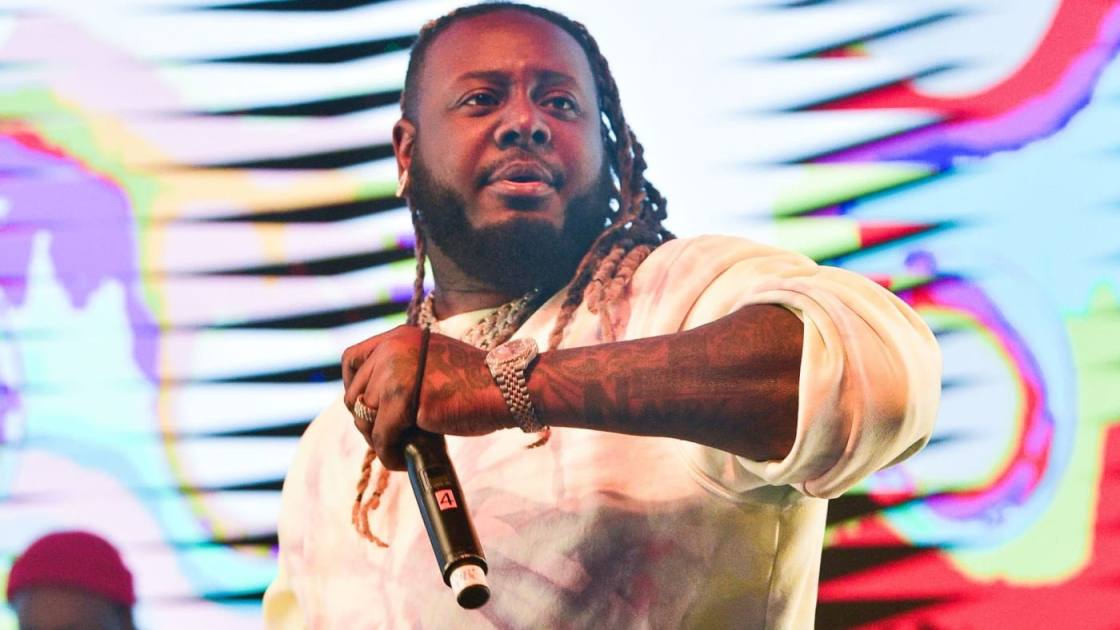
One thought on “Auto-Tune® – More than just Photoshop for the voice?”